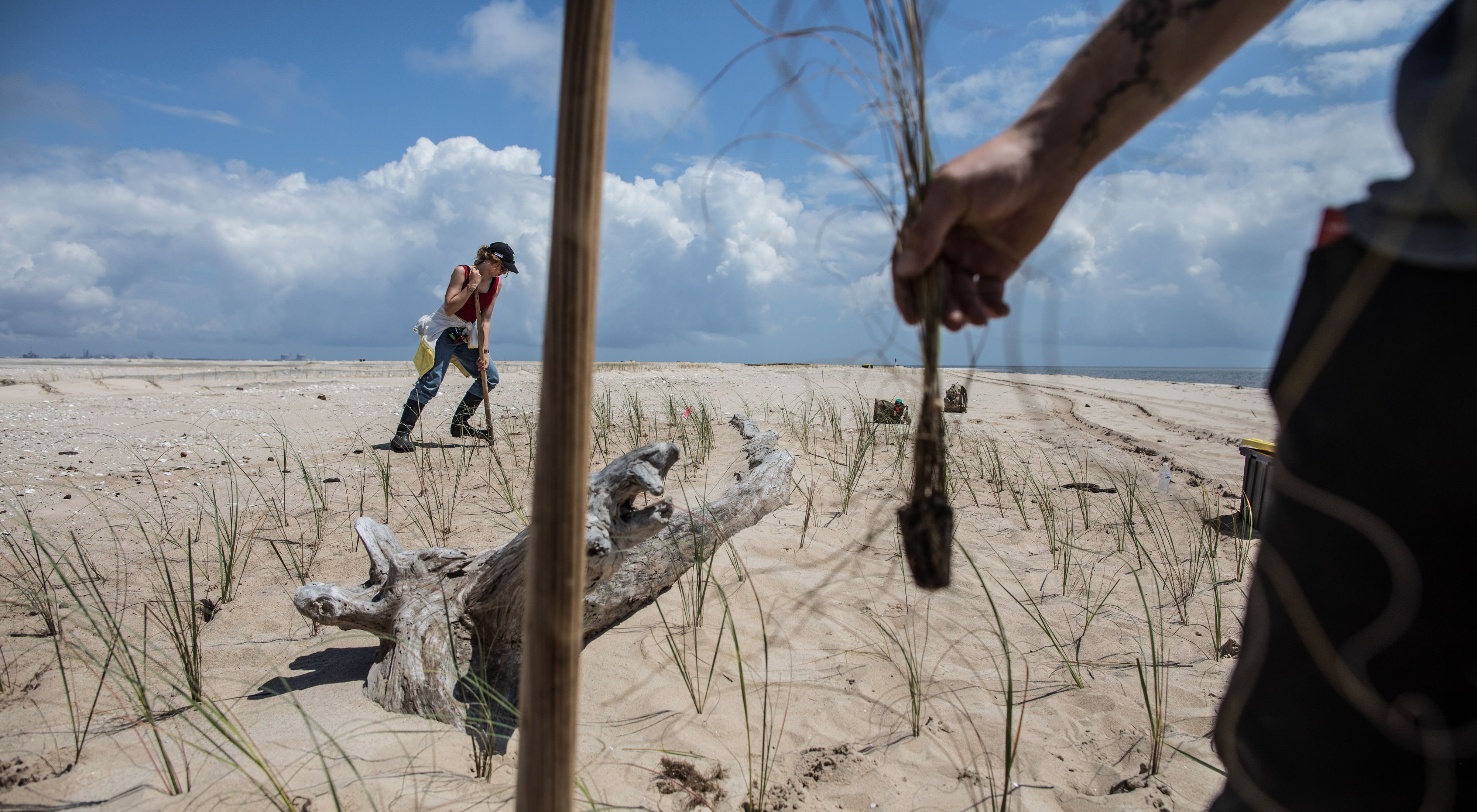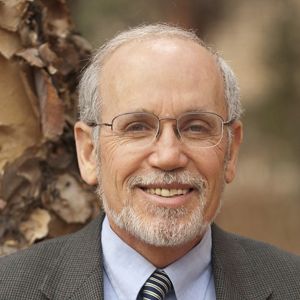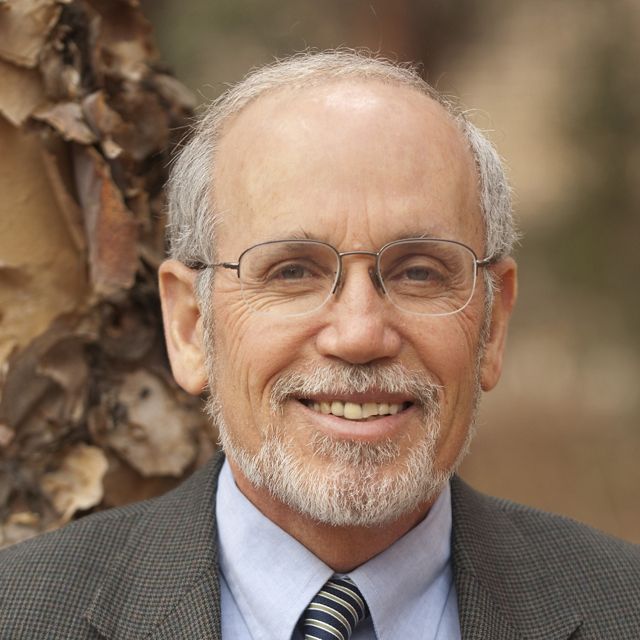Ten Years of Progress in the Gulf
The lingering problems are solvable with continued restoration efforts.
Ten years ago today on July 15, 2010, after 87 days and more than 200 million gallons of oil spilled, the Deepwater Horizon oil well was plugged, bringing an end to the first phase of one of the worst environmental disasters in U.S. history.
The capping of the spill brought relief to those who live along the Gulf and whose lives depend on its health. Finally, the process of looking forward, of overcoming the impacts of the spill, could begin. The settlement in 2016 of legal claims against BP for the spill then did something unprecedented in this country and perhaps the world. It set aside a large amount of money over an extended period of time for the restoration of an ecosystem of global importance. These funds do not need further appropriation and cannot be diverted for other purposes.
Gulf of America Restoration Success Stories
Over the past ten years we have seen the promise of recovery unfold in ways that are making a real difference in the human and natural communities of the Gulf of America:
- Large-scale coastal land acquisition like the purchase of the 17,000 acres Powderhorn Ranch on the Texas coast, the 20,000-acre Lake Wimico tract at the west end of Apalachicola Bay in Florida, land in Grand Bay Alabama and Mississippi that creates a 26,000-acre protected coastal corridor, continuation of conservation of land around Laguna Madre in South Texas, and large tracts along the Perdido River in Alabama.
- The creation of three estuary programs by Florida panhandle counties and enhanced support of National Estuary Program planning such as in Mobile Bay.
- Important steps to defend coastal Louisiana from erosion and land loss like the reconstruction of barrier islands and funding for the Maurepas Swamp river diversion.
- Strengthening of coastal features like the Lightning Point project in Bayou LaBatre, Alabama and Shamrock Island, Texas.
- Construction of oyster reefs in Matagorda, Galveston, Pensacola, Apalachicola, and St Louis Bays, Calcasieu Lake and Florida’s Suwannee River estuary.
- Creation of GulfCorps to involve disadvantaged young people in meaningful Gulf restoration in all five Gulf states.
- Restoration of forests in important Gulf watersheds such as in the Apalachicola Basin.
- Acquisition and improvement of many access points to the shore for citizens of and visitors to enjoy the Gulf.


A Vision of Our Future Gulf
We at The Nature Conservancy are excited about how far recovery has come, but even more so about the promise of what is ahead of us. We believe that with the continuation of a concerted and coordinated Gulf restoration effort a future Gulf of America can look like this:
- A pattern of development is created where, while large cities may be protected by seawalls and floodgate but in most places built-up areas are integrated with restored natural features and coastal open space designed to reduce the impacts of rising seas and storms. More barrier islands and beaches are restored as parks with dunes and forests that protect the mainland from storm surge.
- Coastal wildlife refuges and other public lands extend inland to enable marsh migration as an integral part of coastal land protection.

- Millions of acres of floodplains along the Mississippi and other Gulf rivers that are too wet for reliable agriculture are restored to bottomland forests to hold floodwaters and remove nutrients.
- The Mississippi River Delta has more open water to the south, but the remaining wetlands are more durable having benefitted from additional sediment from river diversions.
- A new generation of oyster reefs is thriving in the Gulf’s estuaries which then have clearer water and much more seagrass. Oystermen harvest oysters from some reefs and leave others to produce young oysters and to support thriving populations of crabs and fish. In some bays there are rows of oyster cages from an expanded aquaculture industry.
- Large schools of baitfish have returned to the bays and nearshore waters--increased by the renewal of oyster reefs, by migratory fish passage on the Alabama and Apalachicola Rivers, and by improved fisheries management.
- And, the people of the Gulf continue to work and live along its shores in ways that are safer from storms but where they can still enjoy the grace and beauty of the Gulf region.

This good future Gulf is achievable if the people of the Gulf region take ownership of both its problems and its great potential, if they recognize the full importance of nature to human well-being, and if those of us working on Gulf restoration today can successfully pass along care of the Gulf’s resources to a new, diverse and energetic generation of Gulf stewards.


